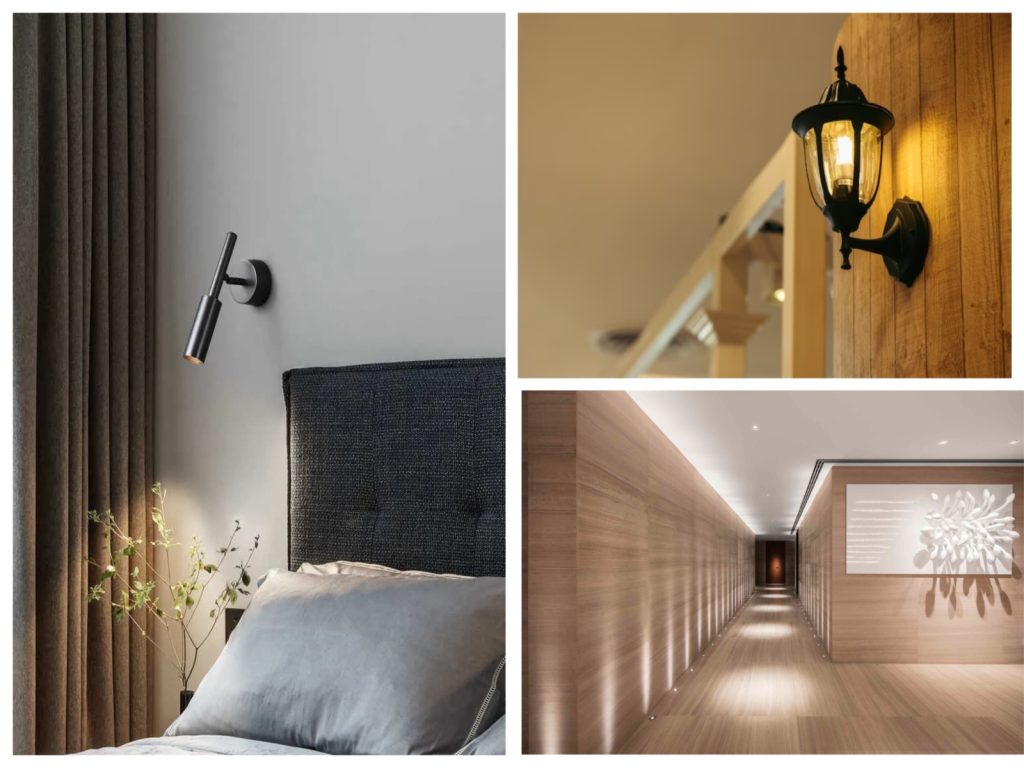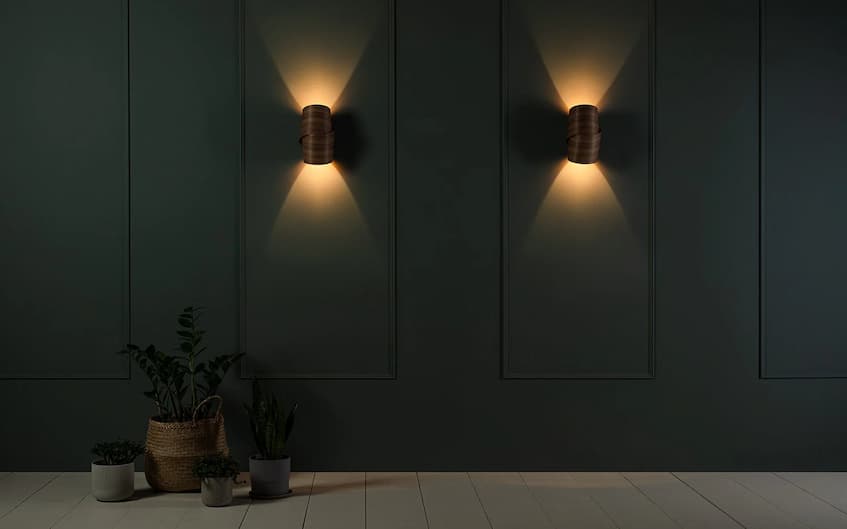Apart from being a functional necessity, lighting is a key element of design that can transform any space. Your walls aren’t just static boundaries, but canvases that can create a dynamic and inviting atmosphere using light and shadow. Whether you want to create a cosy nook for relaxation, a vibrant area for entertaining or simply enhance the overall ambience, the right fixtures can make a lot of difference.
You can walk into your home and feel an immediate sense of warmth and charm, thanks to the versatile light wall fixtures. They can effortlessly create a soothing ambience and transform your living space into an inviting sanctuary. Not only do they enhance the ambience, but they also provide excellent task and accent lighting. They attach directly to the walls, which means they don’t take up any floor space. Here are some tips on how to use these fixtures to elevate your living space to new heights.
Height
The ideal height and spacing for wall lights depend on a few key factors, like the size and style of the fitting, the room’s proportions, and the ambience you want to create. You want to position your them around 152-170cm above floor level. This height works well for most rooms, allowing the fixtures to illuminate the space effectively without causing glare. If you’re installing multiple units, space them about 250-300cm apart for a balanced look and even lighting throughout the room. Aim for the top of the unit to sit at eye level to avoid any direct glare from the bulb, which can be particularly annoying.
Of course, this is just a general guideline. Rooms with high ceilings might need some adjustments. In such cases, you can place the fixtures a bit higher to keep the proportions looking right. Similarly, the type of room you’re working with can influence where you should place the fixtures. In bathrooms, for instance, you can use them to illuminate a mirror.
For the best, even illumination that’s free from glare, try placing two sconces on either side of the mirror at around eye level. This setup ensures you get a flattering, consistent light, which is perfect for tasks like shaving or applying makeup. Choosing fixtures with an IP44 rating is a smart move for damp areas like bathrooms.
In the bedroom, you should position your light wall fixtures around shoulder height, making it easy to turn them on and off while you’re in bed. This placement is not only convenient but also creates a cosy, intimate ambience that helps you wind down at the end of the day.
What Are the Different Types of Wall Lights?

These fixtures come in all shapes and sizes and serve different purposes. They can supplement the main illumination in a living room, add visual interest to your blank walls, or provide an attractive alternative where a ceiling fixture isn’t feasible. They help create an ambience, ideal for relaxing or entertaining in the evening and adding depth and atmosphere. They can also highlight a favourite feature, such as a fireplace or artwork, adding focus and drama.
- If you want to showcase a picture or piece of art, long, narrow picture lights are designed for the purpose. They’re suspended artistically above your chosen pieces and provide the perfect backdrop. Meanwhile, consider choosing a set with more of a spotlight effect over a table or kitchen island;
- A wall sconce is a timeless decorative wall light fixture, traditionally associated with candles and oil lamps. They bring warmth and intimacy to bathrooms, bedrooms, and hallways. Styles range from traditional candle sconces and rustic lantern styles to modern flush-mounted designs that diffuse light across the wall and vertical torchiere styles adding an extra decorative touch;
- Articulated and swing arm fixtures feature a concertina arm that you can pull outwards, away from the wall. The beauty of these fixtures is you can direct the illumination exactly where you want it, making them perfect for an office or reading area while freeing up space on your desk or table. Plus, they look fabulous;
- Wall light fixtures make excellent reading lights, whether over the bed or in a cosy corner of the living room. Some are specifically designed for reading, but many conventional fixtures also work well. Adjustable options add flexibility, making them a great alternative to bedside lamps. In the living room, try placing a stylish swing arm fixture above a favourite sofa or chair.
- Uplights cast their glow upwards along the wall and towards the ceiling, creating a more open feel in a living room or hallway. Meanwhile, downlights direct most of the illumination downwards, making for a cosy and relaxing atmosphere in larger spaces.
Lighting Tips
Wall fixtures come in a wide range of styles, from traditional decorative designs to sleek contemporary and modern industrial styles. They’re available in various materials and finishes, including glass, brass, metal, fabric, and ceramic. When choosing your wall fixtures, it’s crucial to consider both their function and the overall effect you want to achieve in your space. For creating a calm and ambient atmosphere in a hallway or living room, use a series of matching translucent glass fixtures to diffuse the illumination, providing a gentle and relaxing feel. If you want to highlight a feature like a fireplace or an alcove, place a pair of matching fixtures on either side to draw attention and add elegance.
In a hallway or corridor, staggering multiple wall lights along the walls can create a warm and welcoming atmosphere, guiding you through the space with a cosy glow. For a more dynamic and visually interesting look, mixing and matching different coloured shades on your fixtures can add layers of depth and personality to any room. These thoughtful choices can transform the mood and style of your home, making your lighting both functional and beautiful.


